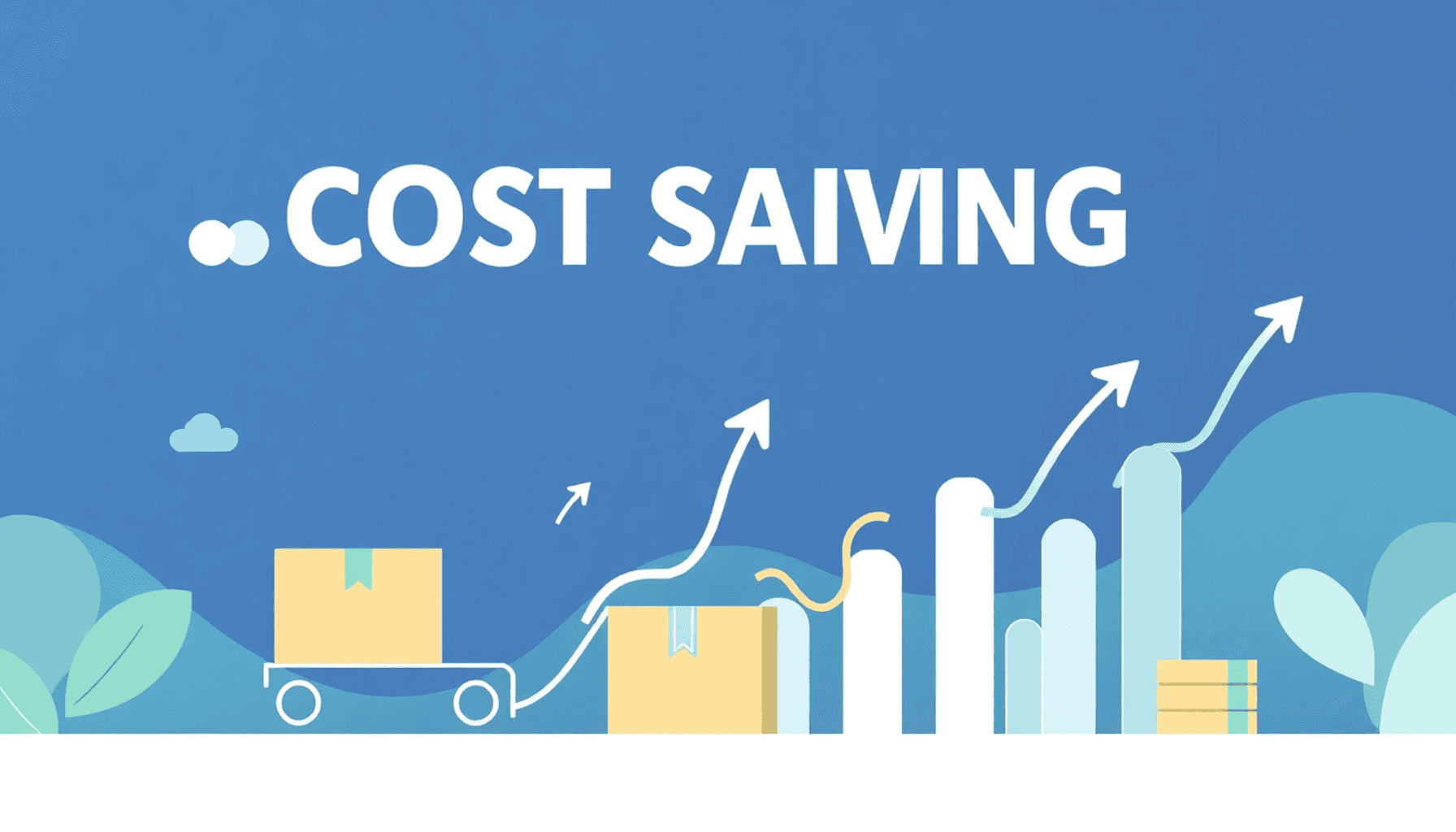Adaptive Collaborative Framework for Equitable Supplier Innovation Integration


Why Equitable Supplier Innovation Integration Matters
Innovation today isn’t the work of a lone genius but a team effort, especially between buyers and suppliers. Supplier innovation integration—inviting suppliers to contribute their best ideas, technologies, and process improvements into your value chain—is the secret ingredient to maintaining a competitive edge. However, making this integration equitable—fair, inclusive, and empowering for suppliers of all sizes—is a challenge that requires deliberate effort.
Welcome to the adaptive collaborative framework for equitable supplier innovation integration. This approach emphasizes why equity matters, addresses common challenges, shares research-backed best practices, and highlights inspiring real-world examples. If you’re in procurement, innovation, or strategy leadership, this guide is your roadmap to smarter, fairer supplier partnerships that drive meaningful innovation.
Think of innovation as the ultimate potluck dinner—it’s richer when everyone brings something unique. Companies that involve their suppliers early gain faster product launches, sharper innovations, and fresh solutions. Yet, too often, attention centers on large suppliers, leaving smaller or diverse suppliers sidelined.
An equitable approach means everyone’s invited. It brings in diverse voices and perspectives, which leads to:
- Unlocking diverse innovation sources: Different backgrounds and scales fuel creativity and fresh problem-solving.
- Building resilient supply chains: A broad, supported supplier base enables agile market responses.
- Boosting social responsibility: Aligning with ESG and diversity goals benefits both community and business.
- Creating win-win value: Fair risk and reward sharing fosters trust, keeps suppliers motivated, and sustains innovation.
If equity isn’t part of your innovation strategy yet, it’s time for a change.

Core Components of an Adaptive Collaborative Framework
Research points to four pillars—alignment, collaboration, integration, and continuous improvement—all grounded in equity.
1. Defining Shared Innovation Goals
Start by defining clear, shared innovation objectives that balance enhancements to existing products with breakthrough ideas. Celebrate genuine diversity beyond tokenism and ensure everyone understands their role in the innovation journey.
2. Systematic Supplier Scouting and Selection
Expand your horizons beyond traditional vendors. Explore innovation fairs, specialized databases, and networks. Adopt transparent and inclusive criteria valuing diverse innovation and capabilities. Tailor engagement based on each supplier’s strengths.
3. Integration and Knowledge Standardization
Seamlessly weave supplier expertise into your innovation pipeline—not just by collecting data but transforming unique ideas into scalable, standardized assets. Leverage AI and advanced platforms to manage knowledge, intellectual property, and workflows effectively.
4. Joint Evaluation and Continuous Development
Maintain an ongoing partnership beyond project initiation. Establish shared metrics tracking both innovation outcomes and equity engagement. Build strong feedback loops, offer training, and continuously adapt strategies based on data to ensure fairness remains vibrant.
5. Governance, Incentives, and Equity Safeguards
Equity deserves a seat at the governance table. Develop shared risk-and-reward models like profit-sharing or milestone bonuses. Implement supplier diversity and capacity-building programs to level the playing field. Keep intellectual property rights and decision protocols transparent to cultivate trust.
This framework is dynamic, evolving with markets, technologies, and supplier ecosystems. Your procurement team will appreciate the results.

Challenges to Equitable Supplier Innovation Integration
The path isn’t effortless:
- Bias and Access Barriers: Unconscious bias and closed networks often exclude capable suppliers.
- Capability Gaps: Smaller suppliers may lack technical or compliance expertise.
- Opaque Processes: Complex procurement rules can discourage innovators.
- Internal Resistance: Traditional procurement approaches may clash with collaborative models.
- Power Imbalances: Larger suppliers can dominate negotiations and outcomes.
- Tech Divide: Not all suppliers have equal access to collaborative digital tools.
Addressing these requires strong leadership, clear governance, and robust supplier enablement.
Best Practices to Overcome Challenges
Leaders blend strategy, operations, and technology to foster equity in supplier innovation:
Inclusive Leadership and Strategic Alignment
- Embed supplier diversity and equity as core business priorities.
- Integrate equity goals into corporate innovation strategies with measurable accountability.
Transparent Governance and Open Communication
- Co-develop innovation rules and risk-reward frameworks with your suppliers.
- Emphasize clear contracts detailing innovation goals, intellectual property rights, and incentives.
Supplier Enablement and Capacity Building
- Offer training, mentoring, and financial support tailored to smaller or diverse suppliers.
- Simplify onboarding processes to accommodate varying capability levels.
Systematic Supplier Engagement
- Segment your supplier ecosystem to target inclusive innovation efforts.
- Utilize third-party diversity certifications and supplier databases for broader sourcing.
Collaborative Co-Development Models
- Form joint teams with suppliers, startups, and academia to accelerate innovation cycles.
- Pilot projects incrementally to build trust and scale successful solutions.
Technology-Enabled Collaboration
- Employ AI for supplier scouting, risk assessment, demand forecasting, and transparency.
- Ensure technical platforms are accessible or adaptable to diverse supplier needs.
Continuous Monitoring and Reporting
- Regularly track innovation results and equity metrics.
- Publicly report outcomes to reinforce transparency and drive impact.

Real-World Case Studies
Dell Technologies: Supplier Co-Development MVP
Dell exemplifies supplier collaboration by integrating suppliers in design and just-in-time manufacturing. Real-time data sharing and modular designs accelerate innovation, reduce costs, and enhance supply chain agility. Their model proves that early supplier integration combined with smart technology delivers efficient and equitable innovation.
Automotive Sector: Multi-Stage Supplier Innovation
Leading automakers transition suppliers from vendors to strategic co-innovators through programs encouraging supplier ideas, new product development involvement, and shared goal-setting. Mutual trust and ongoing knowledge exchange create layered, fair innovation partnerships across different supplier tiers.
Cloetta (Confectionery): In-House Supplier Management Win
Cloetta transformed supplier management from transactional to partnership-focused, enhancing compliance and speeding innovation. This cultural shift fostered deeper ties and made equitable supplier innovation a reality, proving that sometimes culture change outweighs new technology.
Looking Ahead: Future Trends in Equitable Supplier Innovation
Emerging trends shaping equitable supplier innovation include:
- AI and Digital Tools: Technologies like blockchain and virtual collaboration will further democratize access.
- Sustainability and Social Equity: ESG efforts will deepen supplier diversity and responsible innovation commitments.
- Adaptive Governance Models: Dynamic risk-sharing and incentive structures will keep pace with changing markets.
- Ecosystem-wide Platforms: Collaboration among suppliers, customers, regulators, and academia will drive systemic innovation.
Embedding equity across all aspects is essential for sustainable success.
Conclusion: Key Takeaways & Next Steps
Equitable supplier innovation integration is not optional—it’s critical for inclusive growth, resilient supply chains, and a competitive advantage.
Key steps include:
- Establish shared innovation goals aligned with business strategy.
- Conduct inclusive, transparent supplier scouting and selection.
- Integrate supplier knowledge effectively and standardize outputs.
- Collaborate on evaluation and invest in continuous supplier development.
- Embed equity within governance, incentives, and risk-reward frameworks.
While challenges like bias and power imbalances exist, dedicated leadership, enabling practices, and supportive technologies will foster a level playing field.
Your action plan:
- Audit your current supplier innovation processes to identify equity gaps.
- Engage executives in championing inclusive innovation initiatives.
- Build transparent governance with shared risk and rewards.
- Invest in capacity building and accessible technology platforms for suppliers.
- Pilot innovation projects with diverse suppliers to build trust and fine-tune your framework.
Ready to unlock the full potential of equitable supplier innovation? We’re here to help. Schedule a Consultation
References
- Examining the integration of artificial intelligence in supply chain management (Frontiers in AI, 2024)
- Unveiling Supplier-driven Innovation: Proposing a Buyer-Supplier Framework (JOAMS, 2024)
- Collaborating to Innovate: Balancing Strategy Dividend and Trust (Sage Journals, 2023)
- Challenges and Best Practices in Equitable Supplier Engagement (Sustainability Directory, 2025)
- Supplier diversity journey: Empirical Investigation (Emerald Insight, 2024)
- Cross-Tier Supplier Collaboration on Buyer Firm Innovation (Wiley Online Library, 2025)
Embracing an adaptive collaborative framework anchored in equity transforms diverse supplier innovation into a strategic powerhouse. Now, let’s innovate inclusively! 🚀




